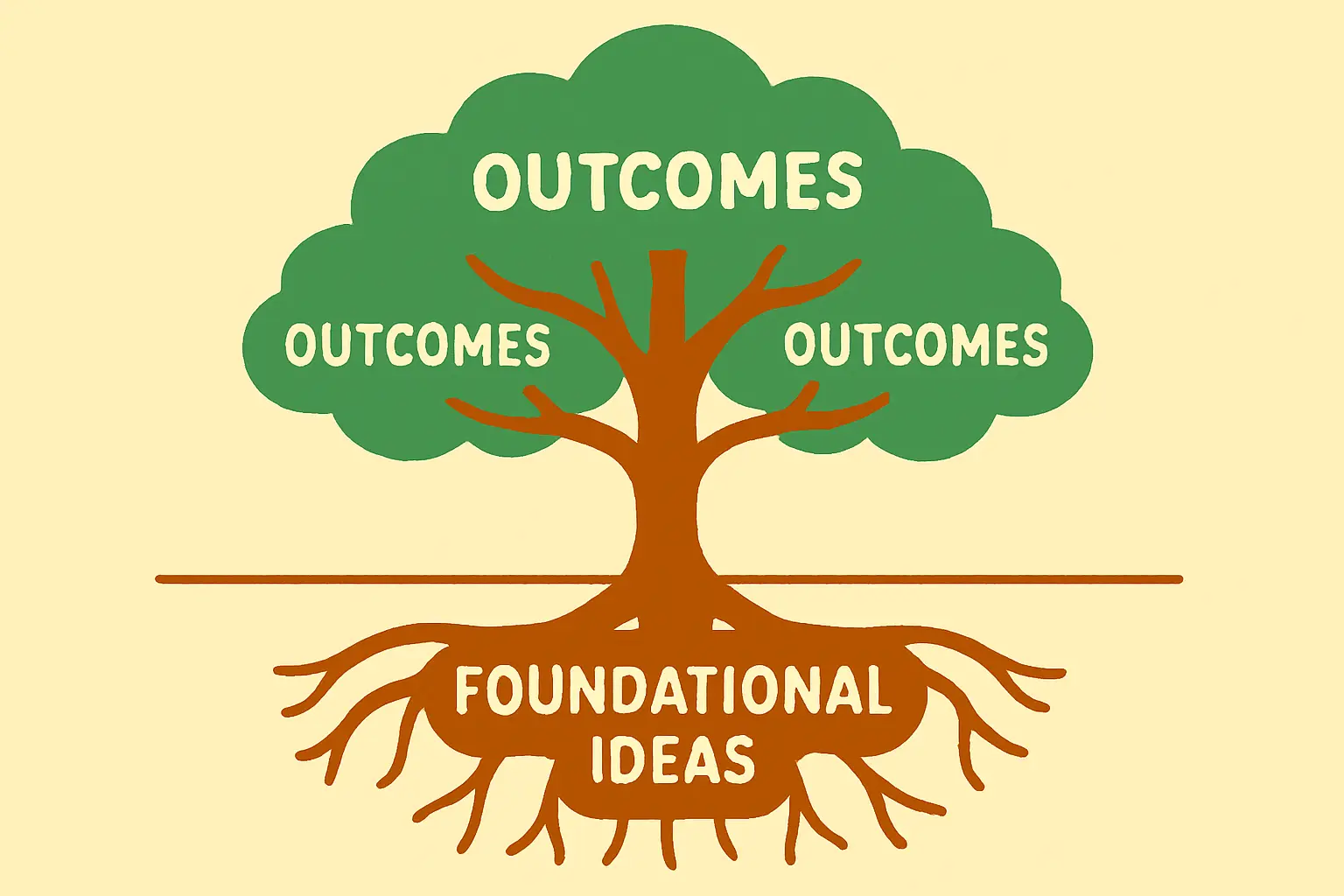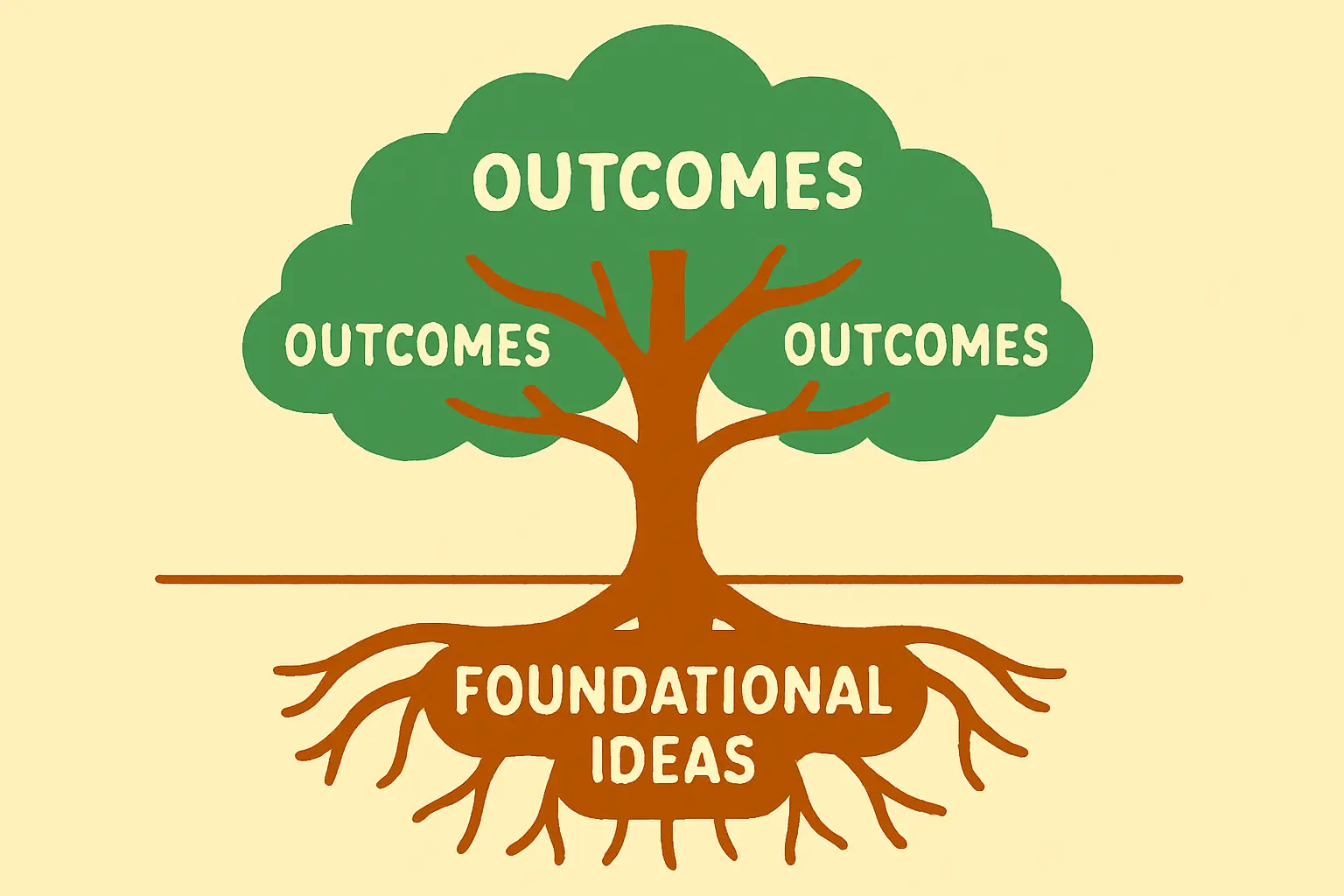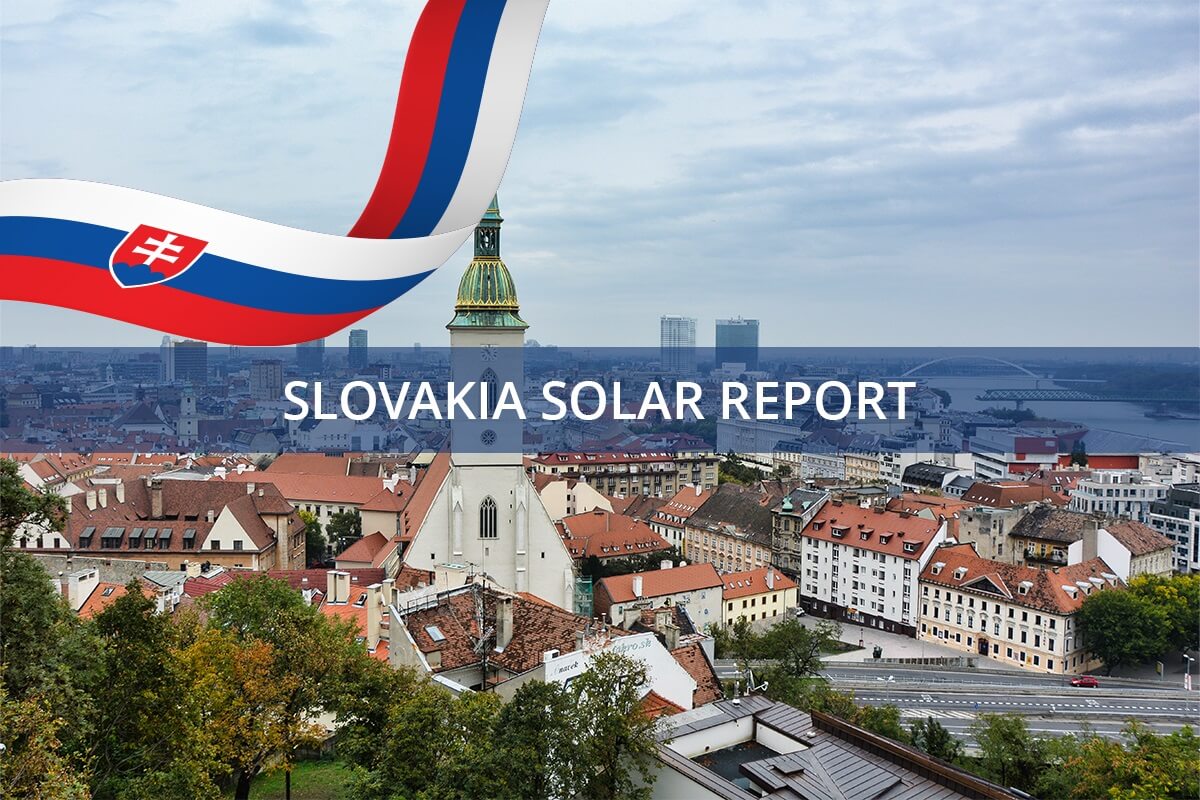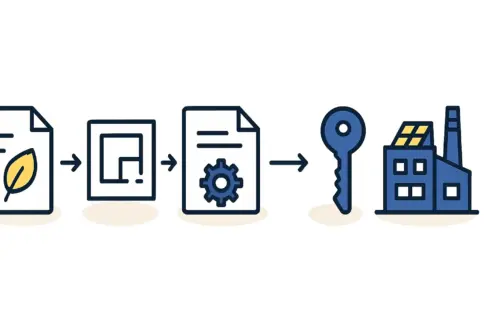For years, the standard approach for any entrepreneur planning a new solar module factory in Europe was to source components from established Asian supply chains. However, recent shifts in global trade and new European industrial policies are making this strategy increasingly risky.
A sudden shipping crisis or change in trade regulations could halt production, leaving a significant investment vulnerable. This article explores a more resilient alternative: establishing a regional supply chain for raw materials within the European Union.
With Slovakia as a case study, it outlines a strategic approach for sourcing key components like glass, frames, and encapsulants locally. This method mitigates geopolitical risk and positions a manufacturing operation for compliance with emerging ‘Made in EU’ standards.
The Shifting Landscape of Global Solar Supply Chains
The solar industry has long depended on highly concentrated supply chains based primarily in Asia. While this model successfully drove down costs, it also created significant dependencies that are now being re-evaluated. Today, several factors are compelling businesses to reconsider this approach.
EU Industrial Policy
Initiatives like the EU’s Net-Zero Industry Act aim for European manufacturers to meet at least 40% of the Union’s annual solar deployment needs by 2030. This signals strong support for local production and will likely be followed by incentives that favor local content.
Geopolitical and Logistical Risks
Recent disruptions in global shipping have demonstrated the fragility of long-distance supply lines. For a manufacturer, a delay of several weeks for a critical component can have severe financial consequences. Sourcing regionally offers a powerful buffer against such volatility.
Demand for ‘Made in EU’ Products
A growing segment of the market places a premium on products manufactured within the EU. This label is often associated with higher quality standards, ethical labor practices, and a lower carbon footprint, creating a distinct market advantage.
Why Slovakia is a Strategic Location for Sourcing
Slovakia offers a unique combination of geographic and industrial advantages for businesses looking to establish a manufacturing presence in the EU, making it an excellent hub for building a robust, regional supply chain.
Geographic and Logistical Advantages
Located in the heart of Central Europe, Slovakia provides efficient access to major European markets. Its well-developed road and rail networks connect it seamlessly with industrial powerhouses like Germany, Poland, Austria, and the Czech Republic. This central position dramatically reduces transportation times and costs compared to sourcing from overseas.
Strong Industrial Heritage
Slovakia has a long history of industrial manufacturing, particularly in the automotive and electronics sectors. This heritage provides two critical assets for a new solar enterprise: a skilled workforce and an existing industrial ecosystem.
Ready to make big Profits?
The solar Industry is Booming
WE HELP NEWCOMERS to the solar industry start their own solar module production line. Customers can make BIG PROFITS by selling modules and finding investors, without wasting money and time on things they don't need!
The local labor pool is familiar with modern manufacturing processes, quality control standards, and production line management. Furthermore, a robust network of industrial service providers, from logistics to automation specialists, is already in place, simplifying the setup of a new factory.

A Practical Look at the Solar Module Bill of Materials (BOM)
Understanding the primary components of a solar module is the first step in building a local sourcing strategy. While solar cells are still predominantly sourced from Asia, nearly all other major materials can be procured from European suppliers.
Solar Glass
This specially formulated, low-iron tempered glass is a critical component that protects the solar cells while maximizing light transmission. Major manufacturers are located in neighboring countries like Germany and Poland, making it feasible to source this bulky and heavy material with minimal transport costs.
Aluminum Frames
The aluminum frame provides structural integrity and a means for mounting the module. Aluminum extrusion is a widespread industry across Europe, so finding a regional supplier capable of producing frames to exact specifications is straightforward. This allows for just-in-time delivery and reduced inventory requirements.
Encapsulants (EVA/POE) and Backsheets
Encapsulant films (like EVA or POE) and protective backsheets are essential for laminating the module and protecting the cells from moisture and degradation for over 25 years. While historically dominated by Asian producers, European manufacturing capacity for these materials is growing. A resilient sourcing plan requires careful supplier qualification, a critical part of any comprehensive manufacturing business plan.
Junction Boxes and Interconnect Ribbons
These components manage the module’s electrical output. Given Central and Eastern Europe’s strength in electronics manufacturing, high-quality junction boxes and tinned copper ribbons can often be sourced from regional specialists.

The Business Case: Balancing Cost, Risk, and Compliance
Opting for an EU-based supply chain involves a strategic calculation that extends beyond the unit price of each component.
Cost Analysis
While the direct cost of some European-made materials may be higher, that is only part of the financial picture. Factoring in lower shipping fees, the absence of import tariffs, and reduced inventory carrying costs makes the total cost of ownership highly competitive. Although upfront prices impact the operational cost of a solar panel factory, the stability gained can justify the investment.
Risk Mitigation
A regional supply chain offers unparalleled resilience. Lead times shrink from months to weeks or even days, insulating the operation from international port closures or geopolitical trade disputes. Proximity also makes supplier audits and quality control far easier to manage.
Market Access and Compliance
As EU policies mature, having a verifiable European supply chain may become a prerequisite for accessing certain markets or qualifying for government incentives. It allows a business to confidently market its products as ‘Made in EU,’ meeting the demands of a key customer segment.
Overcoming the Challenges of Establishing an EU Supply Chain
Building a new supply chain from the ground up presents its own set of challenges. For an entrepreneur without an existing network, identifying and vetting qualified European suppliers can be a complex, time-consuming process. Each potential partner must be assessed for quality, capacity, and financial stability.
Material specifications must also be perfectly aligned with production machinery. Ensuring chosen materials are fully compatible with the key equipment for solar module production is a vital step in the planning phase. Insights from turnkey projects show that a structured approach to supplier selection is the best way to prevent costly mismatches and production delays.

Frequently Asked Questions (FAQ)
Is it significantly more expensive to source solar materials in the EU?
The initial unit cost for certain components may be higher. However, a total cost of ownership analysis should include savings from reduced shipping, the elimination of tariffs, lower inventory needs, and the financial benefit of a de-risked supply chain. When all factors are considered, the costs can be comparable.
Can all raw materials for a solar panel be sourced from within Europe?
Most high-value and bulky components, including glass, frames, and increasingly, encapsulants and backsheets, can be sourced within the EU. While the core solar cells are still largely imported, establishing a predominantly European bill of materials is an achievable goal for creating a resilient final product.
How does sourcing locally affect the factory setup timeline?
Sourcing locally requires more time upfront for supplier identification and qualification compared to using established global suppliers. However, this initial investment of time pays off by reducing the risk of long delays during the operational phase caused by international shipping and customs. A well-managed sourcing plan can be integrated smoothly into the overall project timeline.
Conclusion and Next Steps
Establishing a regional supply chain for a solar module factory in a place like Slovakia is no longer just a niche alternative; it is a forward-thinking business strategy. It directly addresses the primary risks of the modern global economy, including supply chain volatility and geopolitical uncertainty, while aligning a business with the clear direction of European industrial policy.
While the process requires diligent planning and expert guidance, the result is a more robust, compliant, and ultimately more valuable manufacturing operation. For entrepreneurs entering the solar industry, building a resilient business starts with a resilient supply chain.






